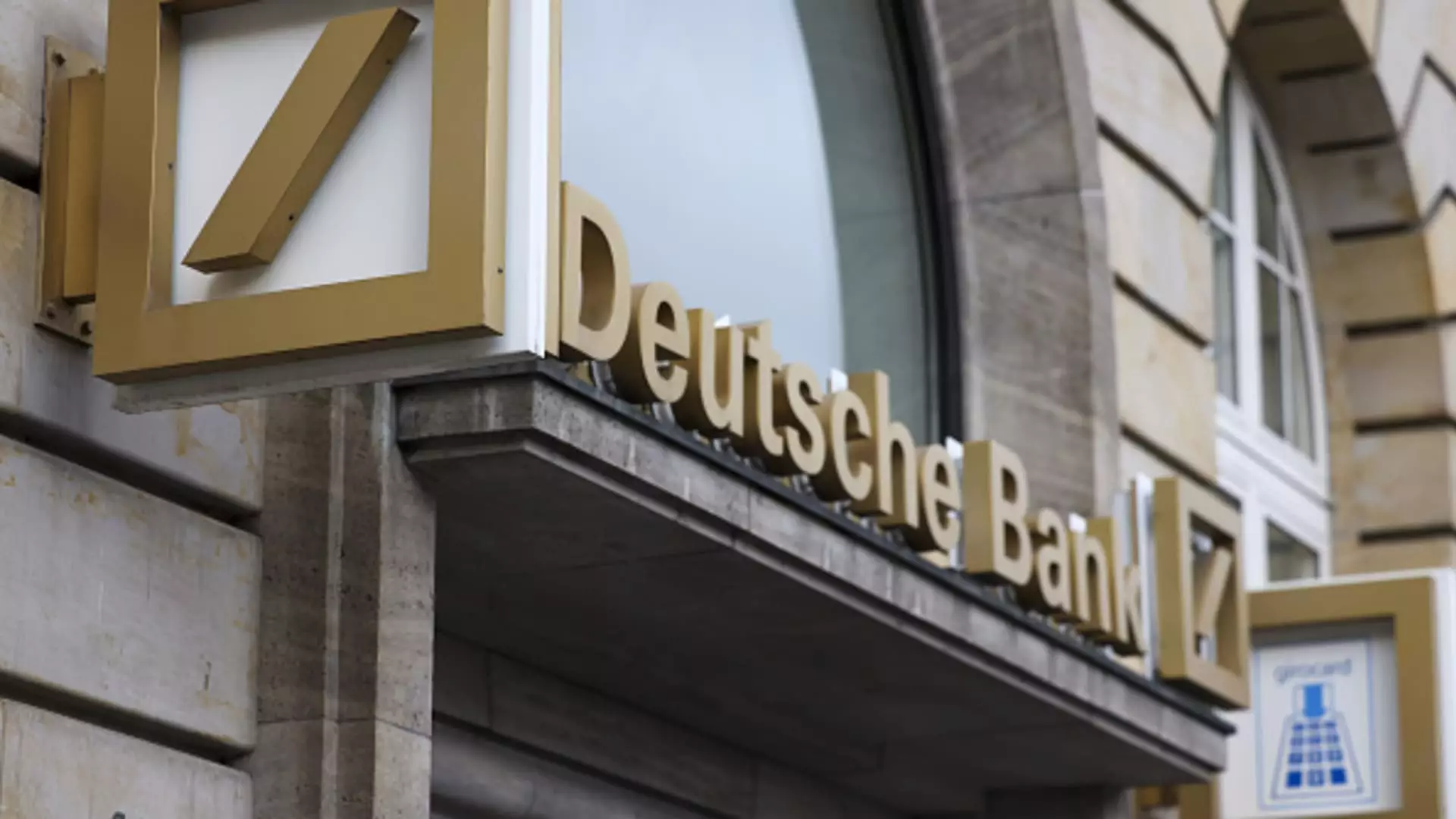Deutsche Bank has recently shown encouraging signs of recovery in its quarterly earnings report, revealing a significant rebound following a challenging second quarter that broke its 15-quarter profit streak. This analysis delves into the factors contributing to Deutsche Bank’s financial turnaround, the context of its operations within the broader banking industry, and the implications for its future prospects.
In the third quarter of 2023, Deutsche Bank reported a net profit attributable to shareholders of 1.461 billion euros ($1.58 billion). This figure not only surpassed the anticipated 1.047 billion euros, but it also marked a notable recovery from the previous quarter’s loss of 143 million euros. The bank’s revenue also exceeded expectations, reaching 7.5 billion euros compared to a forecast of 7.338 billion euros. This robust financial performance highlighted the bank’s resilience and ability to navigate through turbulent market conditions.
A closer examination reveals that the bank’s profit before tax hit 2.26 billion euros, which reflects a year-on-year increase of 31%. Moreover, the provision for credit losses was 494 million euros, up significantly from 245 million euros in the same quarter the previous year. This rise indicates a prudent approach towards potential credit risks, which can be a signal of the bank’s commitment to maintaining financial stability in uncertain economic times.
One of the critical benchmarks for assessing a bank’s financial health is its capital ratios. Deutsche Bank’s Common Equity Tier 1 (CET1) capital ratio stood at 13.8%, up from 13.5% in the prior quarter, showcasing the strengthened capital foundation. Additionally, the return on tangible equity (ROTE) reached 10.2%, a significant improvement from 7.3% year-on-year. These metrics not only demonstrate Deutsche Bank’s improved profitability but also highlight its strengthened balance sheet, critical for gaining investor confidence.
The presence of litigation risks has been a cloud looming over the bank, particularly regarding its acquisition of Postbank. However, Deutsche Bank successfully negotiated settlements with a significant percentage of plaintiffs, ultimately freeing up 440 million euros in provisions for litigation. This release has played a vital role in propelling its profit margin higher, and the bank’s announcement of pursuing a share repurchase program further signals a return to shareholder value creation.
As Deutsche Bank navigates its own recovery, it does so within a complex landscape marked by ongoing challenges and competitive pressures. The global banking sector is witnessing a crucial shift with declining interest rates, influenced by the European Central Bank’s recent monetary easing policies. This environment creates a pressing challenge for European banks to sustain earnings growth comparable to their U.S. counterparts.
An insightful report by McKinsey identifies the long-term growth strategy that European banks may need to adopt. To maintain their current return on tangible equity margins, banks might have to reduce costs at a pace significantly more rapid than revenue declines. Deutsche Bank, recognizing this necessity, initiated a comprehensive cost-cutting initiative aimed at reducing its workforce by 3,500 positions by 2025. Despite short-term staffing increases, this overarching strategy illustrates a commitment to long-term efficiency.
In the wake of its recent successes, Deutsche Bank is positioning itself for future growth, as indicated by CEO Christian Sewing’s remarks regarding profitable growth trajectories and increased capital distributions to shareholders. The bank’s investment banking segment continues to show promise, with revenues rising to 2.5 billion euros, underscoring strengths in fixed income and currencies.
While prospects appear brighter for Deutsche Bank, the remaining competitive landscape cannot be overlooked. With peers such as Barclays and UBS expected to release their earnings soon, market observers are closely monitoring comparative performances. Moreover, rumors surrounding mergers, such as Commerzbank’s potential acquisition by Unicredit, add an additional layer of complexity and intrigue to the market dynamics.
The third-quarter results from Deutsche Bank emerge as a testament to its resilience and strategic focus amidst a shifting economic landscape. With solid financial performance, improved solvency metrics, and a proactive approach to risk management, the bank is indeed on a path toward revitalization. However, the challenges presented by the broader banking environment necessitate continued vigilance and adaptability. Ultimately, Deutsche Bank’s ability to harness these factors will dictate its standing and future trajectory in the competitive banking arena.

Leave a Reply